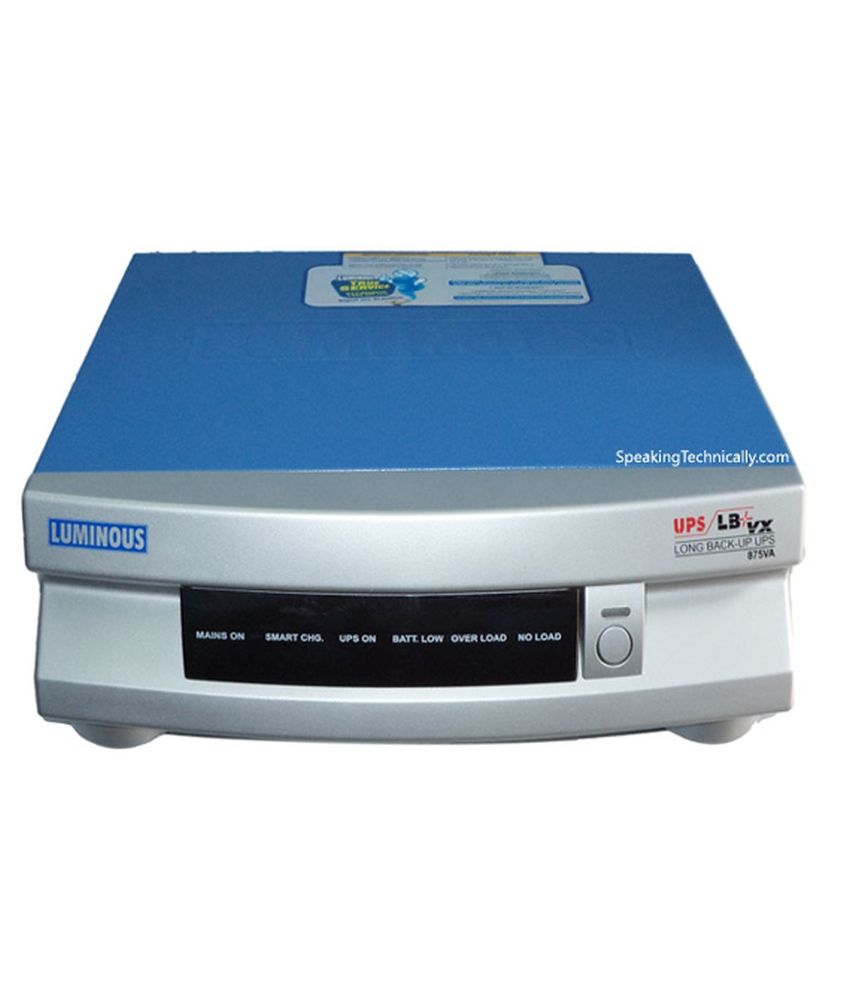
Second Order – θ2 = 0.873 rad – d = 2λ / sin( θ2) = 1.65 μm which corresponds to a pitch of 605 l/mm In the image below you can see the laser, the diffraction grating and the screen on which you can see the luminous spots corresponding to the diffraction maxima.įrom the measurements made with the Paton – Hawksley grating on the first and second order diffraction maxima we obtained the following data:įirst Order – θ1 = 0.402 rad – d = λ / sin( θ1) = 1.62 μm which corresponds to a pitch of 617 l/mm Measuring the distance between the grating and the screen and measuring the position of the maxima is immediate to obtain the angles θ m and from these we can calculate the grating pitch, using the equation previously described and knowing that λ is 632.8 nm.

The beam undergoes diffraction and produces on the screen behind the grating the diffraction pattern with the first and second order maxima. The experimental setup is very simple and consists in pointing the beam laser emitted from the He-Ne source on the diffraction grating. The image below shows the two gratings we used in the experiment.Įxperimental Setup and Gratings Measurements The intensity of the principal maxima can be calculated and it decreases as the diffraction order is increased, as shown in the image below.Ī diffraction grating is equivalent to such a system of many slits and can be used either in transmission or in reflection. If instead of two slits, several equidistantly spaced slits are illuminated by the wavefront, the interference maxima become much sharper and, when light is normally incident on the grating, the maxima at angles θ m are given by ( m = 0, ☑, ☒, … ) : The sinc function includes the effects of diffraction due to the width of the slits. Where the sinc function is defined as sinc( x) = sin( x)/( x) for x ≠ 0, and sinc(0) = 1. If the spacing between the slits is d and the width of the slits b is greater than the wavelength, the Fraunhofer diffraction equation gives the intensity of the diffracted light as: This is the classical experiment of Thomas Young (1800).
#LUMINOUS MAXIMA SERIES#
If instead of a single slit, two slits are illuminated by a plane wavefront, a series of interference fringes parallel to the slits will appear on a far screen, as shown in the image below. The diffraction phenomena has been treated in the post Light as a Wave : Slit Diffraction. Thus, for visible light, apertures in the range 10-100 μm produce easily resolved diffraction patterns.

The angle of of diffraction is of order λ / d with λ the wavelength and d the dimension of the aperture. It can be understood by considering the interference between different parts of the wavefront, which was altered in passing through the aperture.

This effect is called diffraction, and it is characteristic of all wave phenomena. When a collimated beam of light passes through an aperture, or if it encounters an obstacle, it spreads out and the resulting pattern contains bright and dark regions. We propose, in particular, to measure the pitch of the grating through the measurement of the diffraction produced on the He-Ne laser beam.

With the new Laser He-Ne (described in the Laser He-Ne post), you can easily test the physical properties of the diffraction grating.


 0 kommentar(er)
0 kommentar(er)
